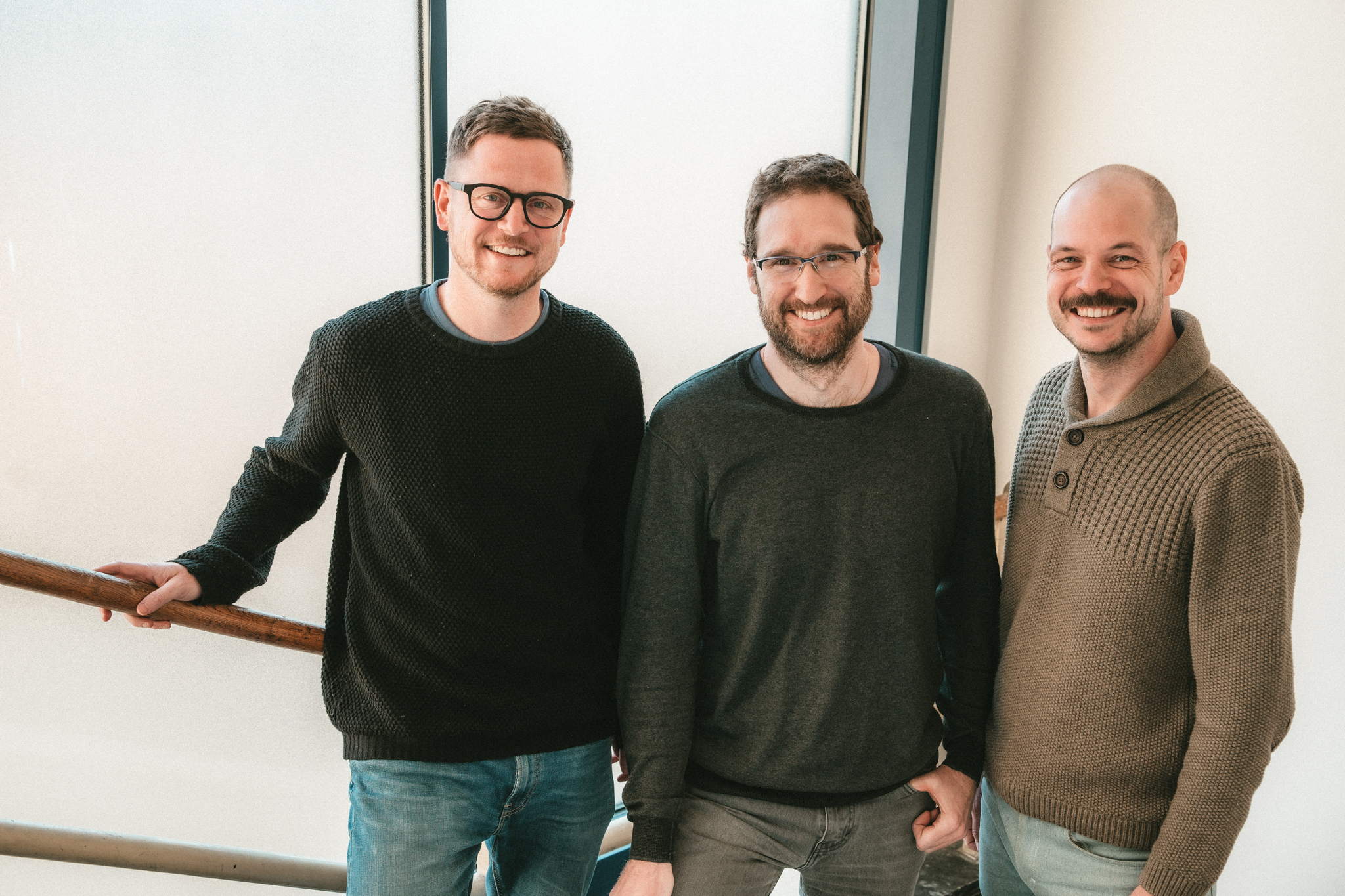SD-Based Pizá Golf Tapped for New Interactive TGL Golf League | San Diego Magazine

When I reach Agustín “Augie” Pizá, his excitement is palpable. He quickly apologizes for his strained voice before jumping into a slew of topics including architecture, the Chargers, Picasso, philosophy, and, most of all, the future of golf—and the reason for today’s call. An award-winning golf course architect, Pizá’s San Diego-based design firm was recently tapped to help design several holes for TGL, a new interactive 3-on-3 golf league in partnership with the PGA TOUR.
Housed inside SoFi Center in Palm Beach Gardens, Florida, the virtual league includes some of the world’s best golfers and will officially make its debut on January 7. “One of the things that I wanted [to do] was to challenge the top players, but also to have fun. It’s made-for-TV entertainment,” says Pizá between sips of tea.
Pizá means that literally. TGL is played in a purpose-built arena and broadcast around the world to more than 80 countries and territories. Tee shots and longer approach shots are hit into a massive 64-by-53-foot simulator. The short game is played on a real-world green, one that can be modified for every hole.
This hybrid model unshackles the sport from traditional rules. Teams will compete in 15-hole matches, split between “triples”—3-on-3 playing alternate shots—and “singles,” or head-to-head play. Matches will take no more than two hours, and, borrowing from other sports, there are timeouts and referees and similar to fantasy sports, there’s the “Hammer,” an option for teams to go for (or lose) double the points on a hole.
San Diego native and world number-two golfer Xander Schauffele will be among the first to put the new format and rules to the test when his New York Golf Club faces off against The Bay Golf Club on January 7 at 6:00 p.m. on ESPN.
“To have actual teammates competing with you affecting the result is such a cool thing. I know Rick, I know Cam and Fitzy pretty well, and I think we’re just going to get closer as we compete in this league,” Schauffele says, referring to his teammates Rickie Fowler, Cameron Young, and Matt Fitzpatrick, respectively. Among them are 17 PGA Tour victories and three major championships. They’re joined in TGL by league co-founders and all-time greats Tiger Woods and Rory McIlroy, along with 18 other top golfers. A four-team playoff later this year will determine the inaugural TGL champions.
The virtual environment also lets the course designers run wild, something Pizá had been preparing for his whole career. He learned the foundations of course design during stints at Nicklaus Design and Fazio Design, two of the top course design firms in the world, and he expanded his design sensibilities at the University of Edinburgh’s golf course architecture program.
“I think one of our biggest competitive advantages is that mix of the contemporary United States–-not afraid of building bigger stuff, bolder stuff—but then having the ecological-friendly, minimalist approach from the U.K.,” Pizá says about his eponymous firm Pizá Golf.
One of his first solo projects was at Club Campestre Tampico in Mexico. There, he started improvising on the tenets of course design with “just a touch here and there, just an accent here and there—things that rarely you would see on a course.” Pizá’s is the language and pride of an artist, which caught the attention of TMRW Sports, the entity behind TGL. (In a reference to its parent company, TGL stands for Tomorrow’s Golf League.)
So far, Pizá has designed eight holes for TGL, but his most striking is Temple, “a hole design inspired by ancient civilizations… and found in the mountains of South America,” according to the league’s website.
“I was playing around with two triangles and I pinched them in the middle, and I thought, ‘This could be, I don’t know if the ultimate, but a very exciting risk-and-reward hole,’” Pizá says. An errant tee shot risks losing the ball in the (fictional) valley below, and players who don’t try to reach the second, farther triangle will be left with a long approach shot to an elevated island green. “We’re very lucky to have clients that believe in us and that are as crazy as we are because if we didn’t, we would just be theorists.”
But Pizá is, in fact, a theorist. Everything has a purpose. Designing courses is like making an album. Butterfly Golf, in which four sets of six-hole loops create different courses on one site, is the future of “grass golf.” TGL isn’t a competitor to grass golf, it complements it; and what we see in TGL is 25 years of the evolution of the mind, Pizá’s mind. Talking with him, he seems less a golf designer and more an inventor.
“Art and architecture don’t know boundaries, they don’t know borders if you’re an artist… if you’re great at what you do.” Only someone raised by two teachers from Tijuana who established their studio in San Diego could put this all into practice. If Pizá is an inventor, then he is helping create the future of golf, and if TGL takes off, then he better stock up on tea. He’ll have a lot more talking to do.
Related
Josh Johns Memorial Golf Tournament
WASHINGTON COUNTY, Fla. (WJHG/WECP) - On December 13 of last year, one local family lost a beloved husband and father, Josh Johns. On Saturday, the first Josh J
Winner’s Bag: Sepp Straka, 2025 American Express
A complete list of the golf equipment Sepp Straka used to win the PGA Tour's 2025 American Express:DRIVER:: Callaway Paradym Ai Smoke Triple Diamond (9 degrees
John Daly sends pre-inauguration message to Donald Trump days after…
John Daly appears to be on the mend after “emergency” surgery and delivered a message to President-elect Donald Trump ahead of his inauguration o













